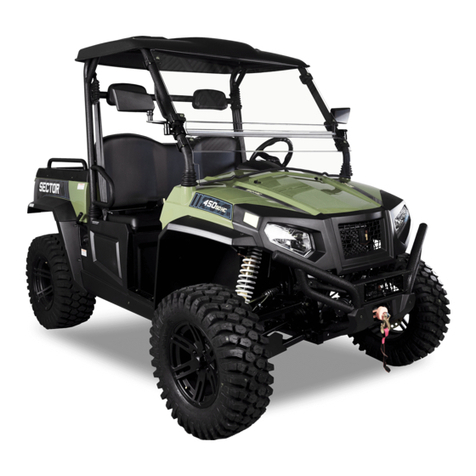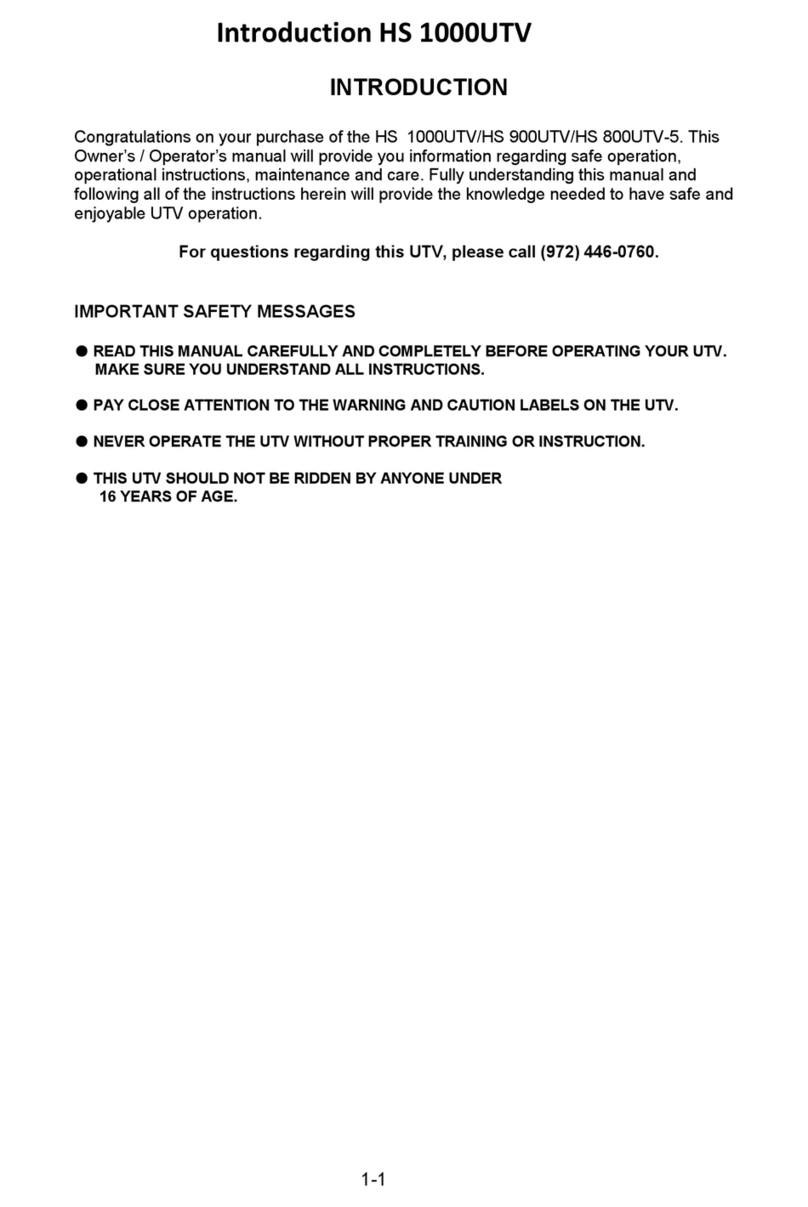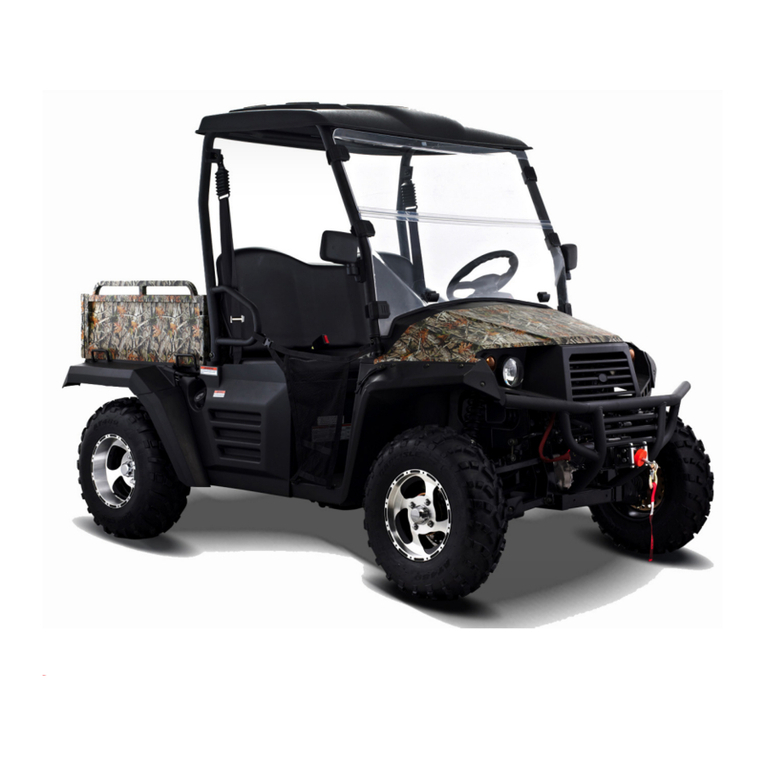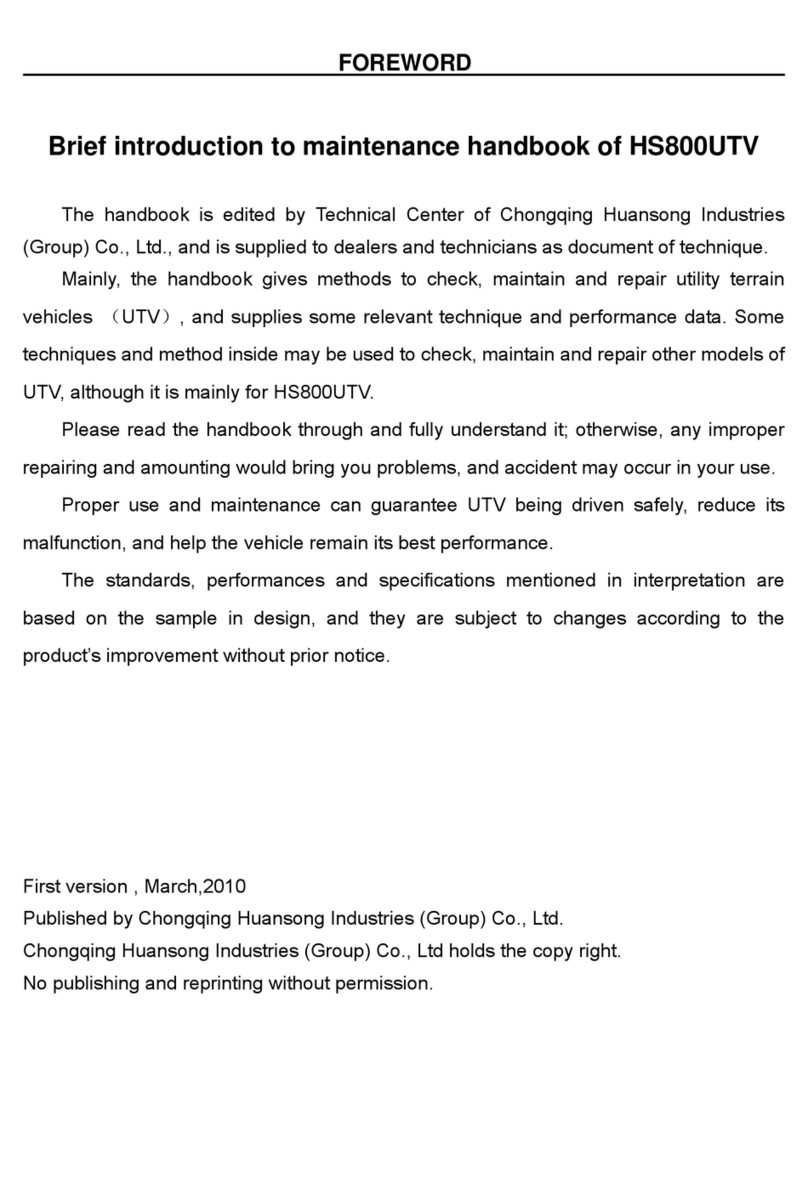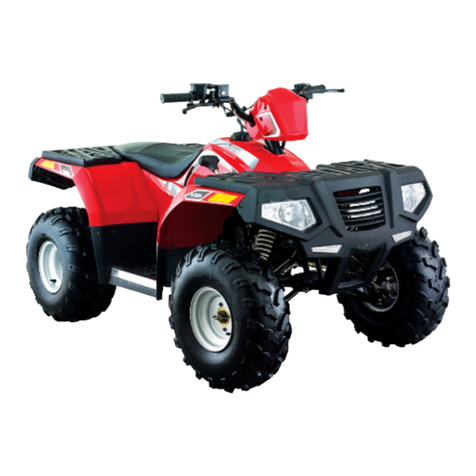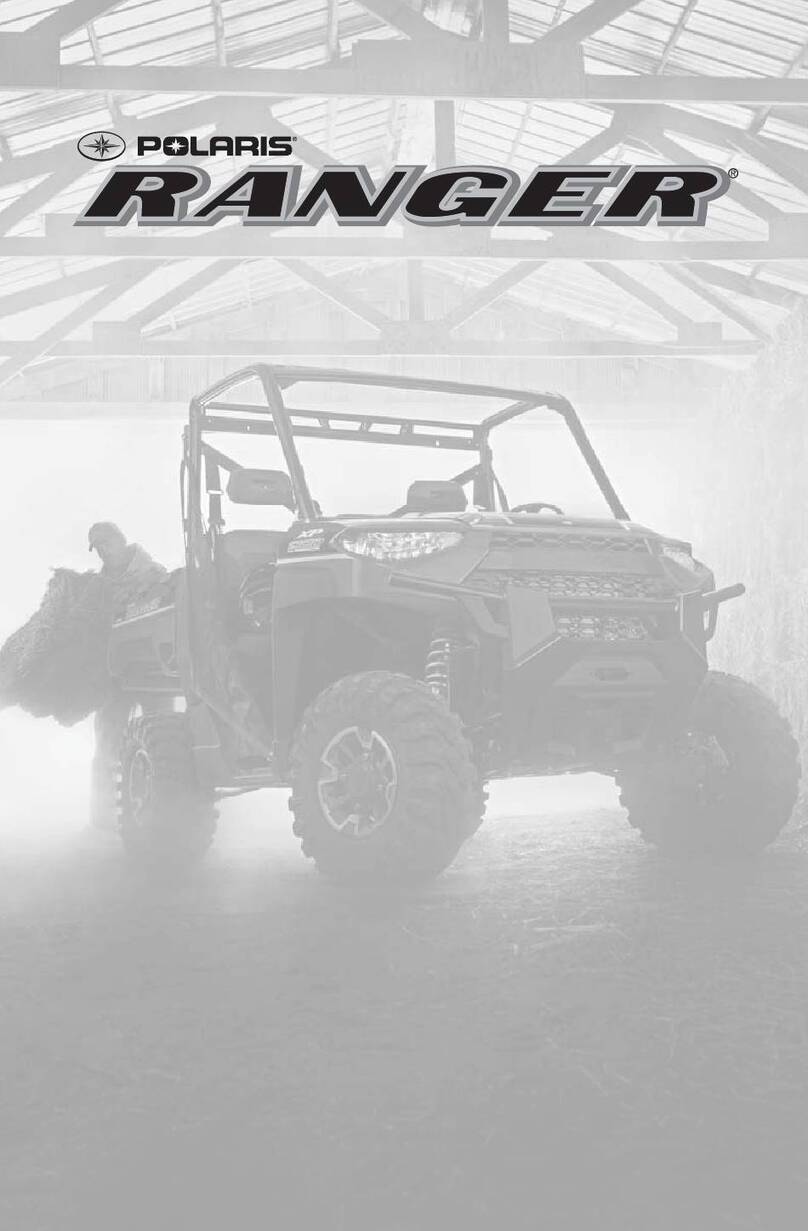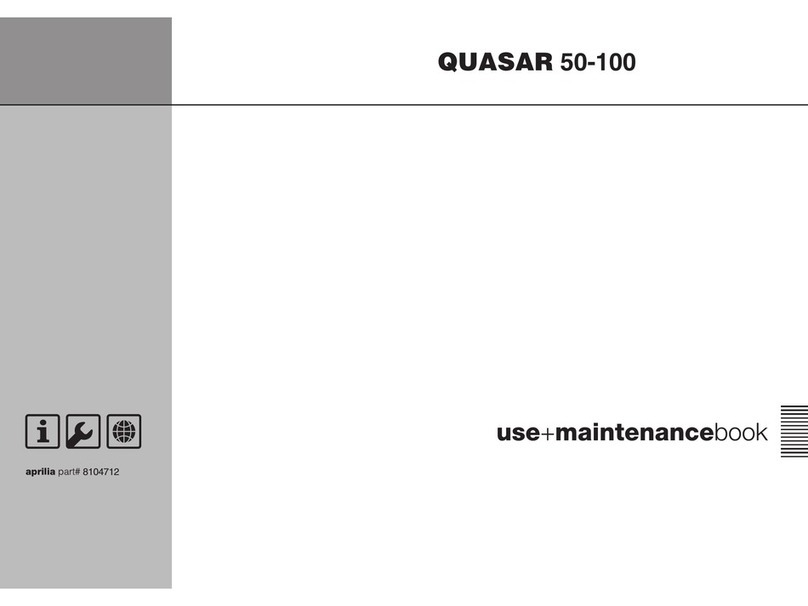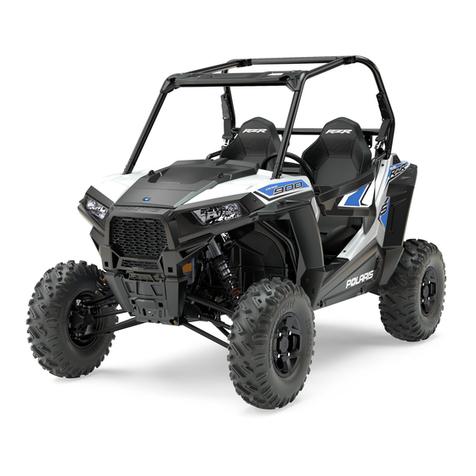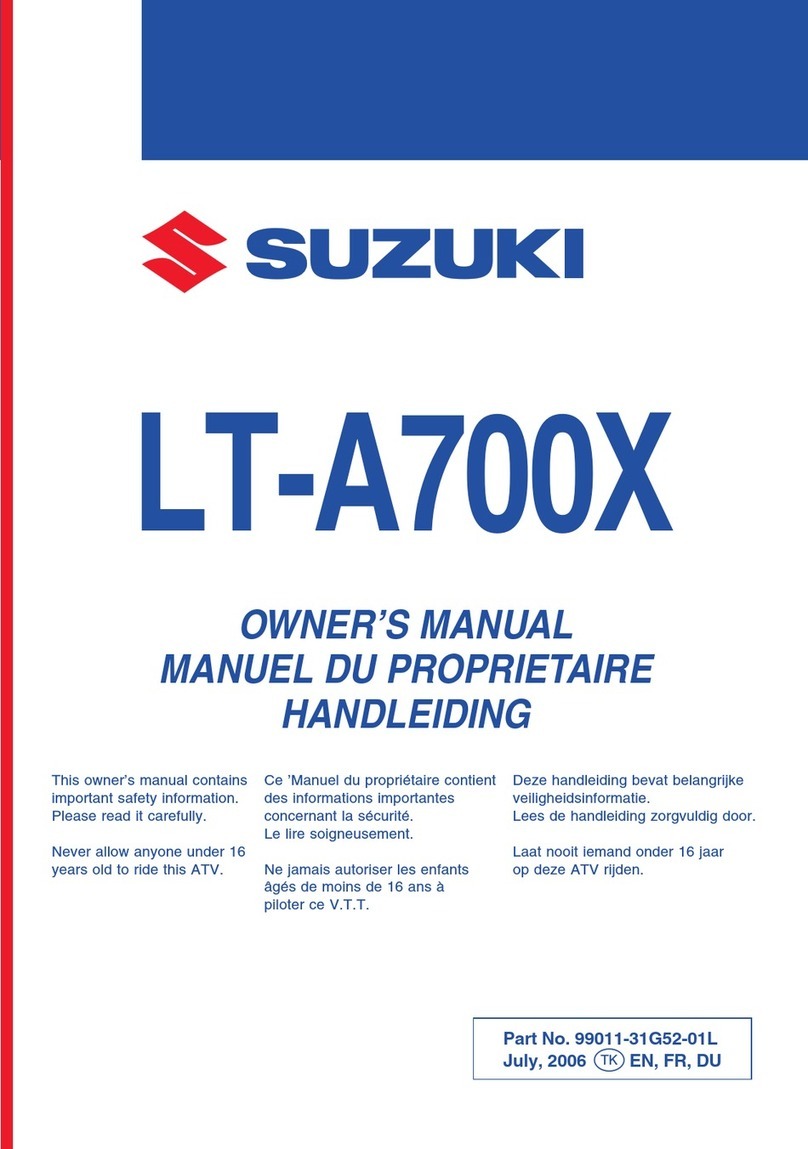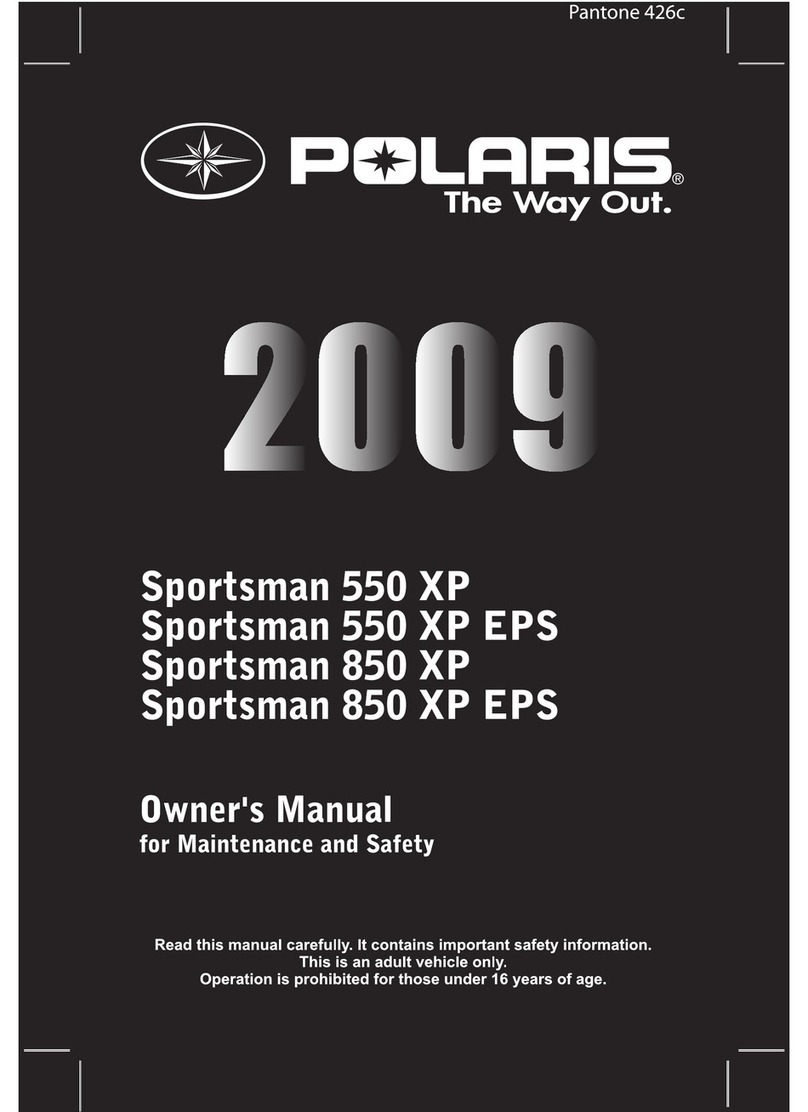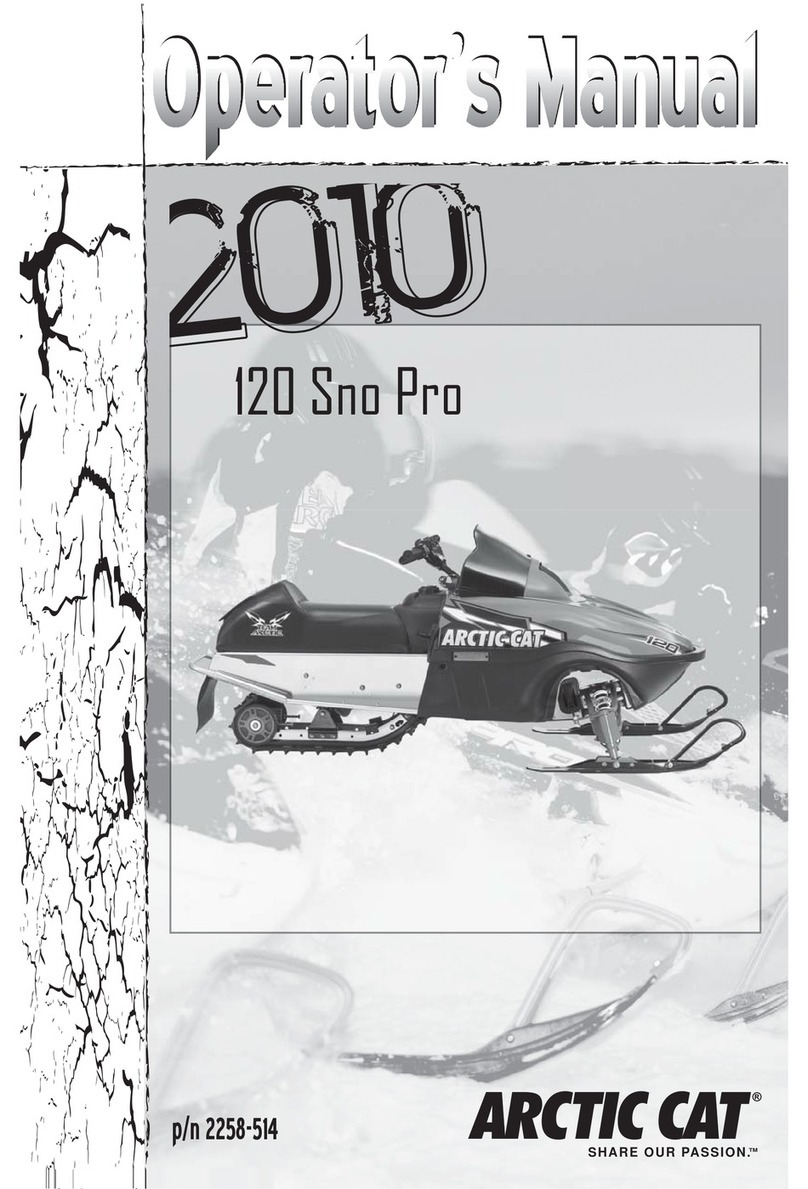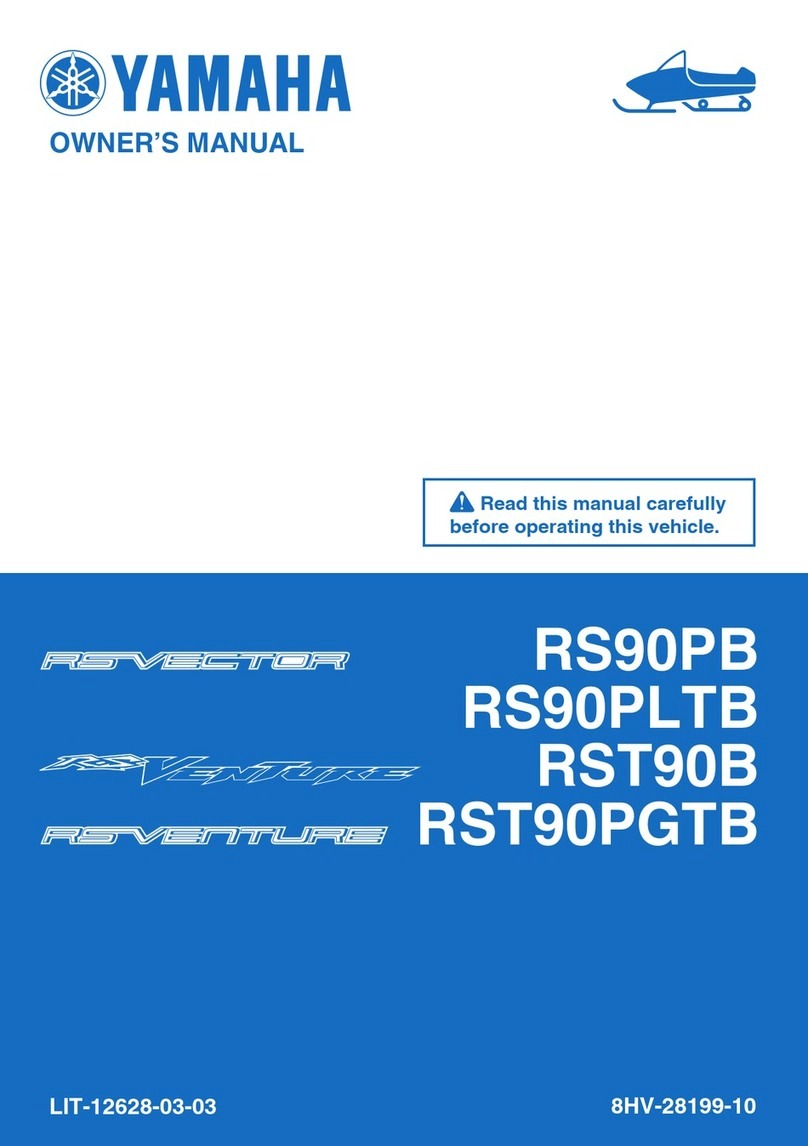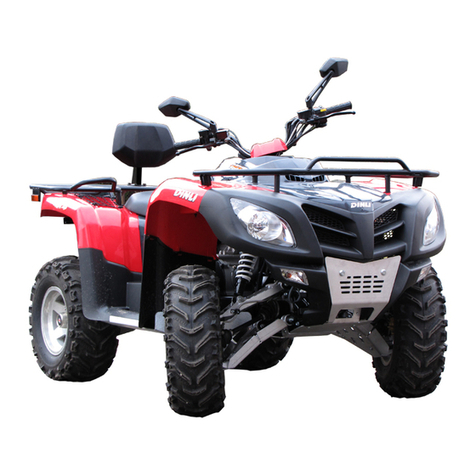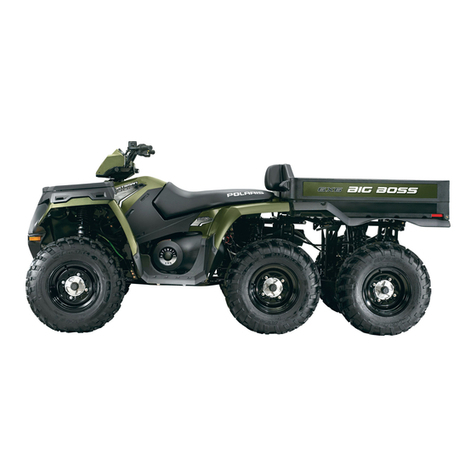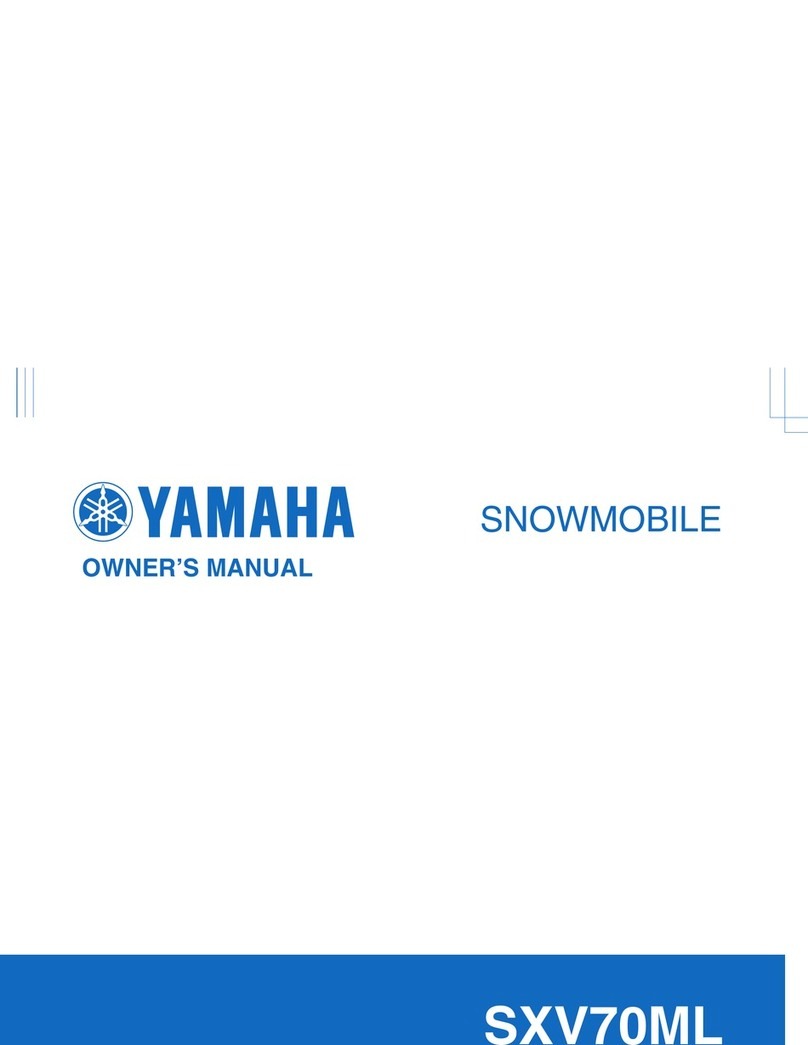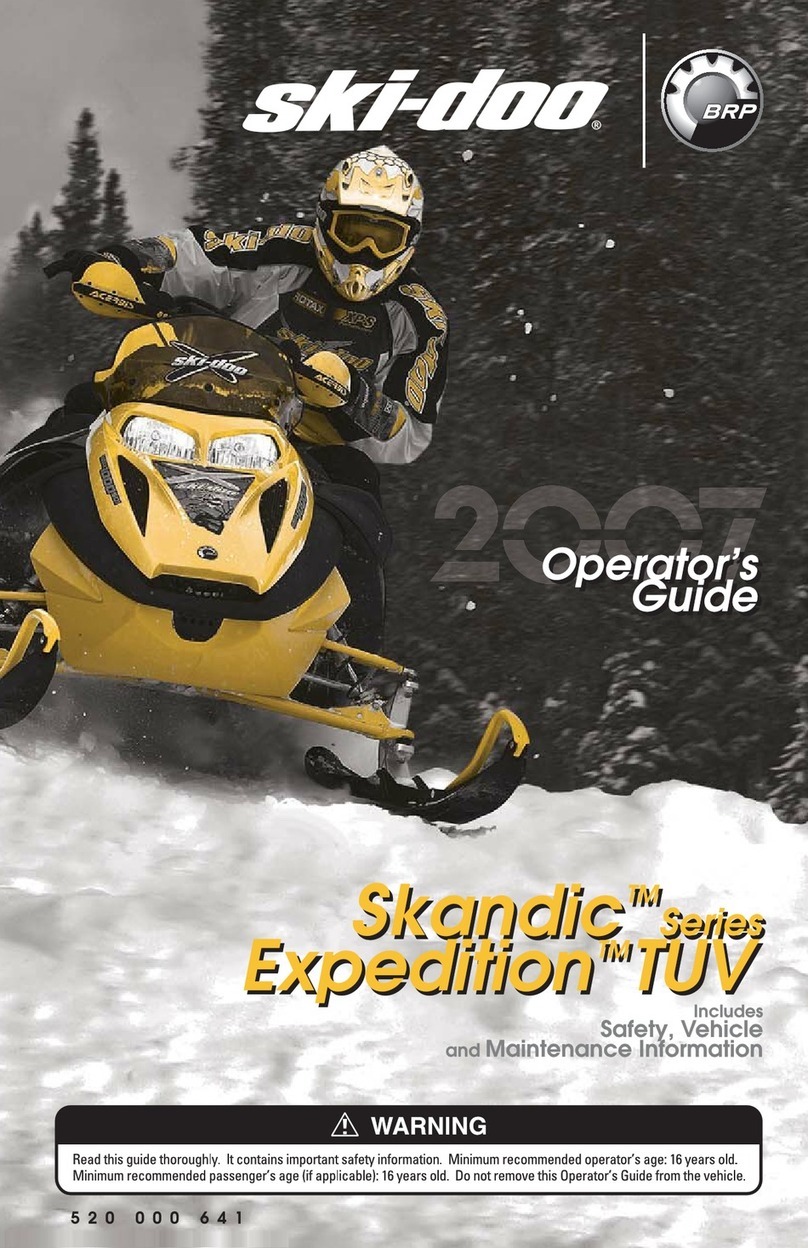
Foreword
Brief introduction to maintenance handbook of
HS400UTV
The handbook is edited by Technical Center of Chongqing Huansong Industries (Group)
Co., Ltd., and is supplied to dealers and technicians as a docu ent of technique.
This anual gives ethods to check, aintain and repair utility terrain vehicles (UTV’s),
and supplies so e relevant techniques and perfor ance data. So e
techniques and ethods inside ay be used to check, aintain and repair other odels
of UTV, although it is ainly for the HS400UTV.
Please read the handbook through and fully understand it; otherwise, any i proper
repairing could bring you proble s, and or an accident ay occur.
Proper use and aintenance can guarantee the UTV being driven safely, reduce its
alfunctions, and help the vehicle re ain at its best perfor ance level.
The standards, procedures and specifications entioned in this anual are based on
the sa ple in design, and they are subject to changes according to the product’s
i prove ent without prior notice.
Second version , May, 2014
Published by Chongqing Huansong Industries (Group) Co., Ltd.
Chongqing Huansong Industries (Group) Co., Ltd holds the copy right.
No publishing and reprinting without per ission.
